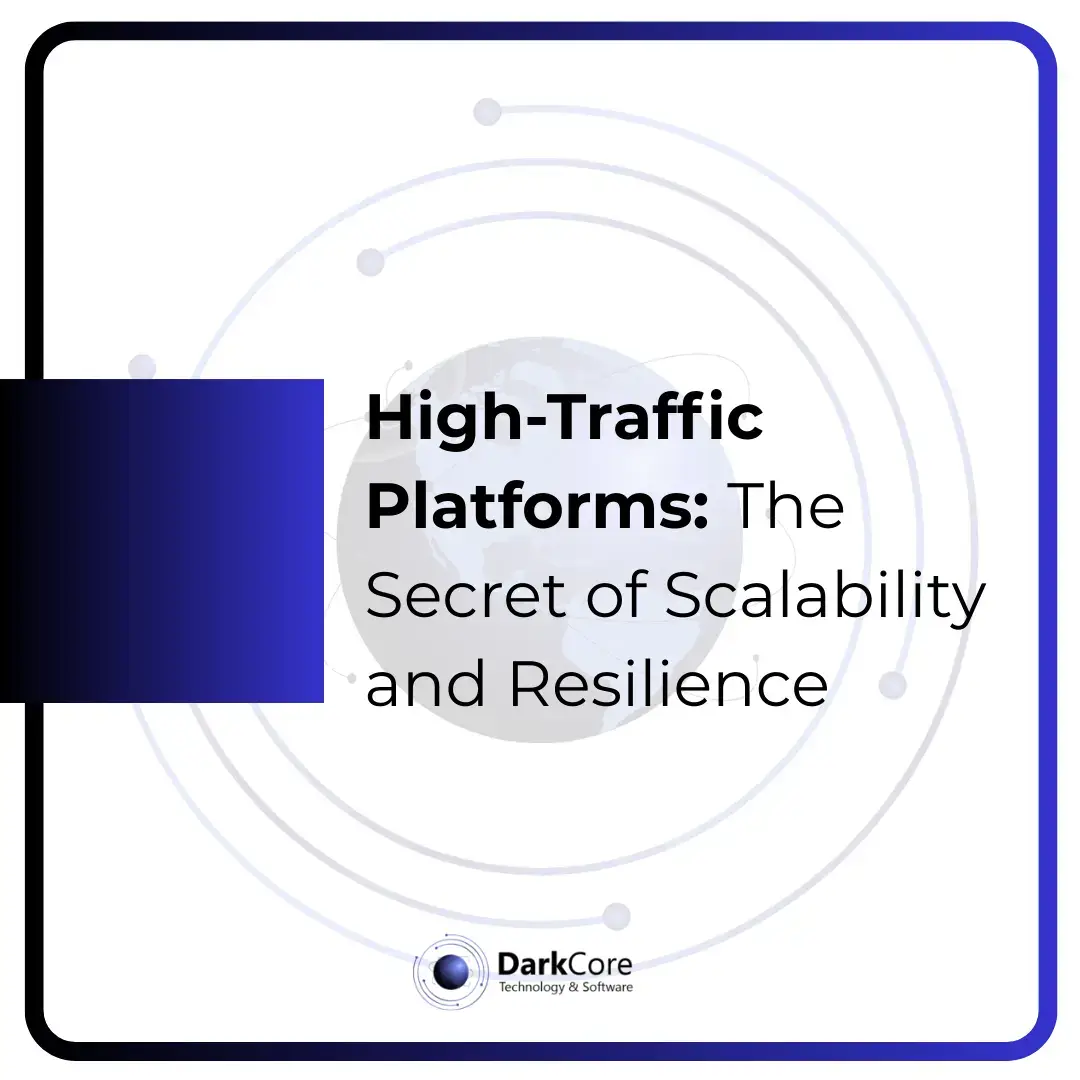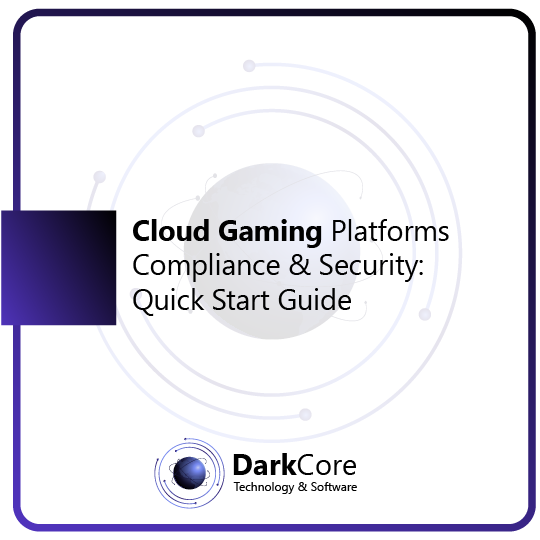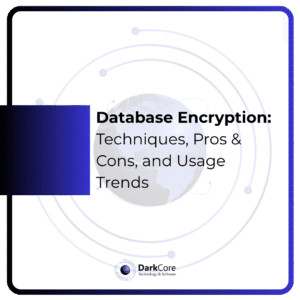How to build high-traffic web platforms? Explore scalability, resilience, security, and performance optimization strategies with real-world examples and best practices.
Introduction: Why High-Traffic Platforms Matter
A one-minute outage on Facebook can cost billions. On Amazon, if a page load takes just 100ms longer, sales drop significantly. These examples prove that high-traffic platforms require more than powerful hardware — they need the right architecture, scalability strategies, and security to survive global demand.
1. Scalability: Balancing User Load
- Vertical vs Horizontal Scaling:
- Vertical Scaling: Adding more power (CPU, RAM) to a single server. Quick but limited.
- Horizontal Scaling: Adding more servers and distributing the load. Works best with microservices and is sustainable long-term.
- Example: Netflix uses horizontal scaling to handle millions of requests per second.
- Microservices Architecture:
- In monolithic apps, one failure can take down the entire system.
- With microservices, each service scales independently (e.g., authentication vs payments).
- Load Balancing:
- Distributes traffic across multiple servers to avoid bottlenecks.
- Algorithms: Round Robin, Least Connections, IP Hashing.
- Tools: AWS ELB, Nginx, HAProxy.
2. Resilience: Delivering an Always-On Experience
- CDN (Content Delivery Network):
- Stores and delivers cached content from edge servers closest to the user.
- Providers: Cloudflare, Akamai, AWS CloudFront.
- Redundancy & Failover:
- If the primary server fails, a backup automatically takes over.
- Multi-region deployments provide stronger reliability than single-region setups.
- Monitoring & Alerts:
- Tools like Prometheus, Grafana, Datadog monitor CPU, memory, and traffic.
- Automated alerts via Slack, PagerDuty, or email can notify teams instantly.
3. Security: Bigger Traffic, Bigger Risks
- DDoS Protection:
- Prevent botnet overloads with CDN-based shields + WAF (Web Application Firewall).
- Example: Cloudflare DDoS protection blocks millions of malicious requests per second.
- Zero Trust Security:
- Every request inside the network must be authenticated — no blanket trust.
- Example: Google’s BeyondCorp model.
- Data Privacy & Compliance:
- Must comply with GDPR, CCPA, and other global regulations.
- Use encryption (AES-256, TLS 1.3) and data masking strategies.
4. Performance Optimization: The Power of Milliseconds
- Caching Strategies:
- Client-side: Browser cache.
- Server-side: Redis, Memcached.
- Edge caching: Through CDN providers.
- Example: Twitter uses Redis to accelerate timeline rendering.
- Database Sharding:
- Splits databases by user ID, region, or dataset.
- Reduces latency by parallelizing queries instead of hitting one giant database.
- Serverless Solutions:
- AWS Lambda, Azure Functions, Google Cloud Functions.
- Ideal for handling traffic spikes (e.g., Black Friday) with auto-scaling.
5. Global Success Models
- Amazon:
- Multi-region deployment, auto-scaling, and edge caching.
- Average request processed under 100ms.
- Netflix:
- Practices chaos engineering with tools like Chaos Monkey to stress-test resilience.
- Combines microservices + CDN + global load balancing.
- For Startups:
- Start with a monolith MVP.
- As traffic grows, move into microservices, sharding, CDN integration, and advanced monitoring.
Conclusion: Future-Proof Web Platforms
Building a high-traffic platform is not just about today’s demand but also about preparing for future growth. With scalability, resilience, security, and performance optimization as the four key pillars, businesses can deliver seamless digital experiences and stand out globally.









